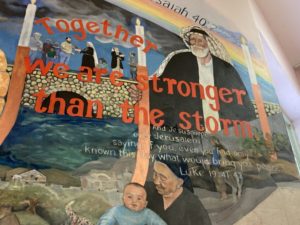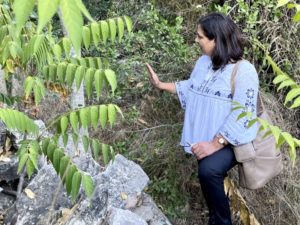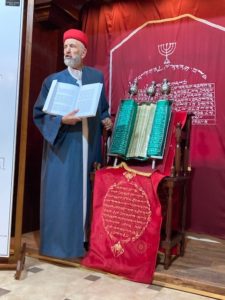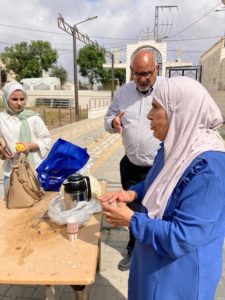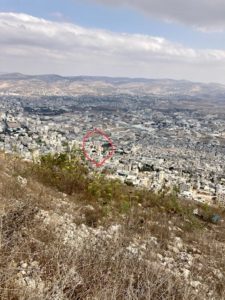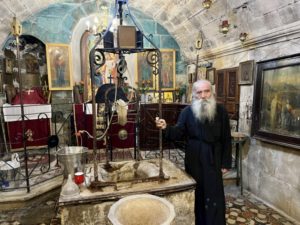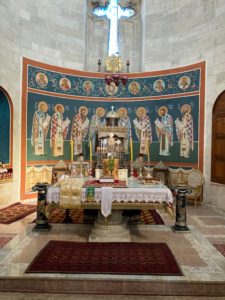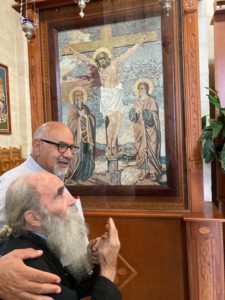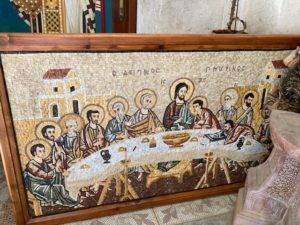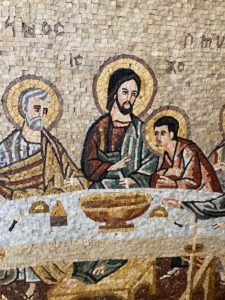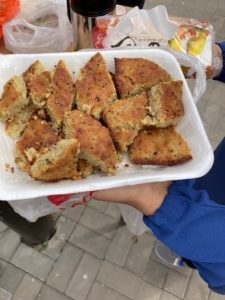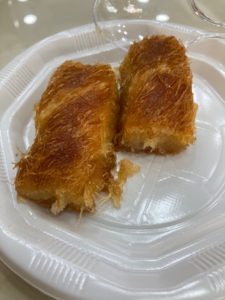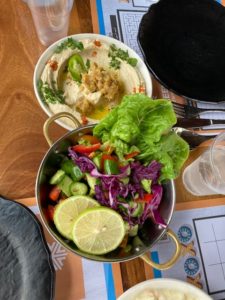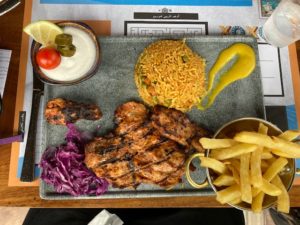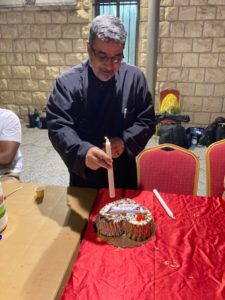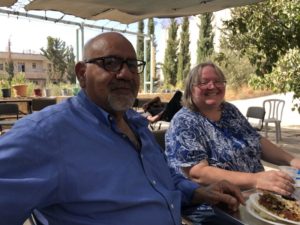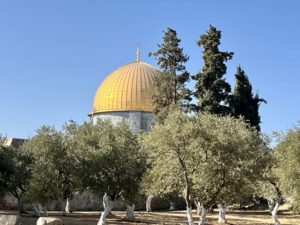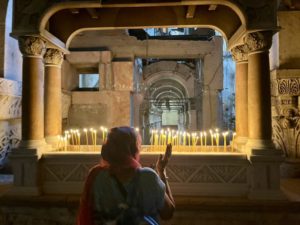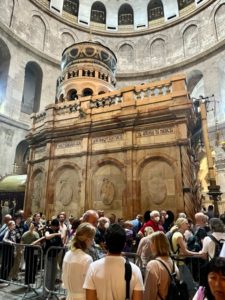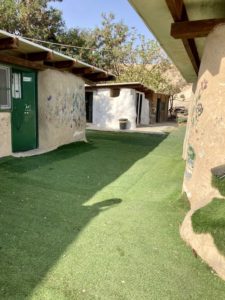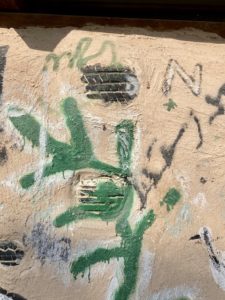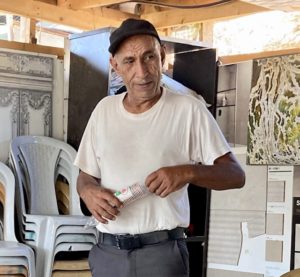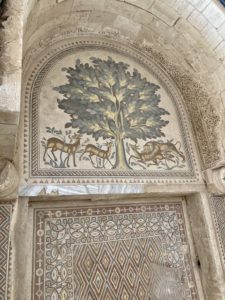Cities of timeless histories…
Villages in rubble,
Refugee camps,
Checkpoints and never ending harassment
Walls that keep extending
And truly wail.
Young soldiers armed in obedience
Cloaked women quietly vending fruit
Little Palestinians on their bikes
Weaving through the crowds of tourists
And their lives
Carrying heavy weights from childhood.
But the Light has not let go.
The Tent of Nations farming under constant drone surveillance.
Wi’Am engaging who they can in working towards conflict resolution and transformation.
Parents’ Circle reaching across the chasm of tragedies to heal together as they share their grief and work together for peace.
Hope School rescuing children and growing them in skills for self sustainability .
Al Rowwad offering the gifts of the arts to nourish the spirit and encourage the creative soul.
Mar Elias excelling their students in academics while nurturing their identities for the good.
All these. Truly Living Stones .
Giving us Hope for Peace and Reconciliation in the true spirit of Wi’Am, Agape, Unconditional Love.
“ And now abide Faith, Hope and Love,
But the greatest of these is Love”
I Cor 13:13.
Thank you, Living Stones, for feeding us and indulging us with your amazing dates, delicious fresh pomegranates, and mint lemonade. Thank you for your upside down chicken (Maqluba), and local specialities like the sweet dessert Knafeh. And thank you especially for teaching us through your examples of living a life that embraces resilience, strength, and hope, as you care for the ancient stones, all those around you, and the ones yet to be born.

